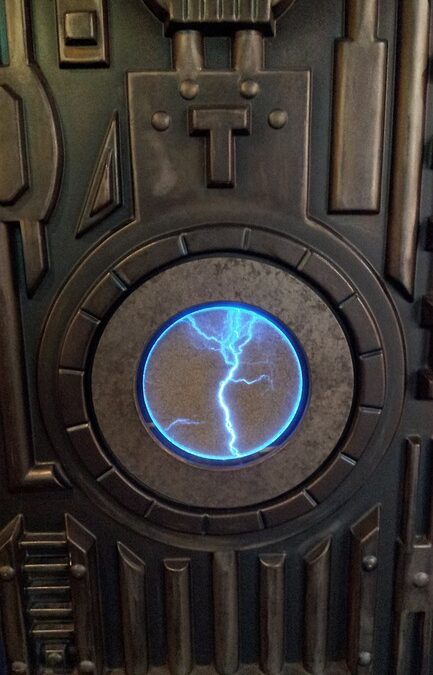Introduction
Art has always been a reflection of society and culture, constantly evolving and adapting to the changing world around us. As we move further into the 21st century, artists are exploring new technologies, pushing the boundaries of traditional mediums, and redefining what it means to create art. In this article, we will explore some of the emerging trends and innovative techniques that are shaping the future of art.
Emerging Trends
Virtual and Augmented Reality
One of the most exciting developments in the art world is the integration of virtual and augmented reality into the creation and experience of art. Artists are using these technologies to create immersive, interactive installations that transport viewers to other worlds and challenge their perceptions of reality. Virtual reality allows artists to create 3D environments that viewers can explore and interact with, while augmented reality overlays digital elements onto the physical world, creating a new layer of meaning and complexity.
artificial intelligence
artificial intelligence is also playing a growing role in the creation of art. AI algorithms can analyze vast amounts of data and generate unique, algorithmically-generated artworks that challenge traditional notions of authorship and creativity. Artists are using AI to explore new aesthetic possibilities and push the boundaries of what is possible in the realm of art.
Environmental Art
With climate change and environmental degradation becoming increasingly urgent issues, artists are turning their attention to the natural world and using their work to raise awareness of these pressing concerns. Environmental art encompasses a wide range of mediums, from sculptures made of recycled materials to installations that highlight the beauty and fragility of the natural world. By engaging with these issues through art, artists are sparking important conversations and inspiring action to protect our planet.
Innovative Techniques
3D Printing
3D printing has revolutionized the way artists create physical objects, allowing them to bring their digital designs to life in a matter of hours. Artists are using this technology to create intricate sculptures, jewelry, and even entire buildings, pushing the boundaries of what is possible in the realm of art and design.
Generative Art
Generative art is created using algorithms that determine the final outcome of the artwork. Artists input a set of rules or parameters, and the algorithm generates a unique, one-of-a-kind piece of art based on these inputs. This process allows artists to explore new aesthetic possibilities and create artworks that are constantly evolving and changing.
Bioart
Bioart combines art and biology, using living organisms as the medium for artistic expression. Artists are growing living sculptures, creating artworks from genetically modified organisms, and exploring the boundaries between art, science, and nature. Bioart challenges our perceptions of what art can be and raises important ethical questions about the intersection of art and biology.
FAQs
What are some other emerging trends in the art world?
In addition to virtual and augmented reality, artificial intelligence, and environmental art, other emerging trends in the art world include digital art, interactive installations, and the use of blockchain technology to authenticate and track artworks.
How can artists stay ahead of these trends and continue to innovate?
Artists can stay ahead of these trends by embracing new technologies, experimenting with different mediums, and collaborating with other artists and experts in related fields. By staying curious, open-minded, and willing to take risks, artists can continue to push the boundaries of art and create work that is relevant and impactful.
What impact do these emerging trends and innovative techniques have on the art market?
These emerging trends and innovative techniques are reshaping the art market, making it more accessible, diverse, and dynamic. Digital art, Virtual reality installations, and AI-generated artworks are expanding the definition of what is considered art and attracting new audiences to the art world. As technology continues to evolve, the art market will continue to adapt and change, creating new opportunities for artists and collectors alike.

